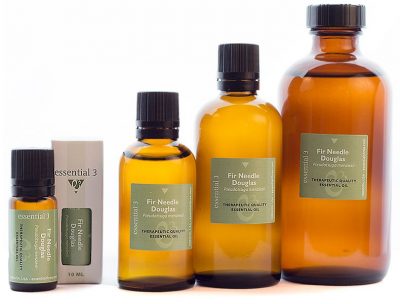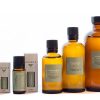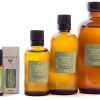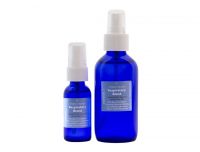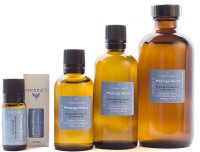No products in the cart.
from $48.67
Email to a friendDescription
Latin name: Pseudotsuga menziesii
Country of origin: USA
Part of the plant: Needles
Obtained by: Steam distilled
Main biochemical components*: Camphene, alpha-pinene, beta-pinene
Properties: Antiseptic, antifungal, anticatarrahal, calmative, disinfectant, expectorant, nervine, stomachic, tonic, vasodilator.
Why Use
Physical uses: Respiratory congestion, infections, colds, flu, bronchitis, muscle aches, poor circulation, immune support.
Skin care uses: Not recommended for skin care use. (e3 defines skin care as a condition that affects the surface of the skin.)
Psychological uses: Anxiety, stress, instability, mild depression.
Subtle uses: Clears energy blocks. Grounds and increases intuition.
Notes: Use Fir needle, Douglas in a 1-5% dilution. Avoid during pregnancy and nursing.
*Chemical components: Chemical component percentages may vary. Essential 3 offers a Certificate of Analysis for review.
Which One to Choose – Fir Needle, Balsam or Fir Needle, Douglas?
Similarities:
Both options have a fresh, woodsy aroma, are warming, and good for muscle aches and respiratory congestion.
Differences:
Fir Needle, Balsam has a warm, balsamic aroma. It is a good choice for dry coughs.
Fir Needle, Douglas has a clear, hint of citrus aroma. It is more complex, offers more immune support, and is a good air disinfectant.
How You Can Use
Chest Rub: Mix 5-15 drops of essential oil in 1 tablespoon of carrier oil or fragrance-free, natural lotion. Apply to your upper chest and upper back.
Compress: Fill a basin with water. (Warm water relaxes and increases circulation. Cool water invigorates and relieves inflammation.) Add 3-5 drops of essential oil and briskly stir. Lay in a washcloth, wring and apply to the area in need for approximately 1-5 minutes. Dip, wring and apply 3 more times.
Diffusion: Follow the diffuser manufacturer’s instructions to fill the air with a therapeutic aroma.
Easy alternatives when you don’t have a diffuser:
Place 2-4 drops of essential oil on several cotton balls or tissues; place nearby or tuck into the grate of fan or air vent in your home or car.
Inhalation: Put 1-3 drops of essential oil on a tissue and inhale the aroma through your nose. Pause and inhale again.
(Avoid touching your nose with the tissue.)
Massage: Mix 6-30 drops of essential oil in 1 ounce of carrier oil or fragrance-free, natural lotion.
Spot Application: Mix 1-4 drops of essential oil in 1 teaspoon of carrier oil or aloe vera and apply to the area in need.
The Methods of Use are general guidelines. Individual sensitivities, desired results, and the characteristics of the essential oil(s) used must all be considered. Adjust methods and proportions accordingly.
For external use only. Always dilute before use. Keep out of reach of children. Avoid eyes and other sensitive areas. Keep away from direct flame – essential oils are flammable. If pregnant or nursing, consult a physician before using essential oils. Store at room temperature and avoid direct sunlight.
Aromatherapy: The use of natural, aromatic substances, known as essential oils, to enhance the well-being of the body, mind, and spirit. (This statement has not been evaluated by the FDA. No information provided is intended to diagnose, treat, cure or prevent any disease.)

